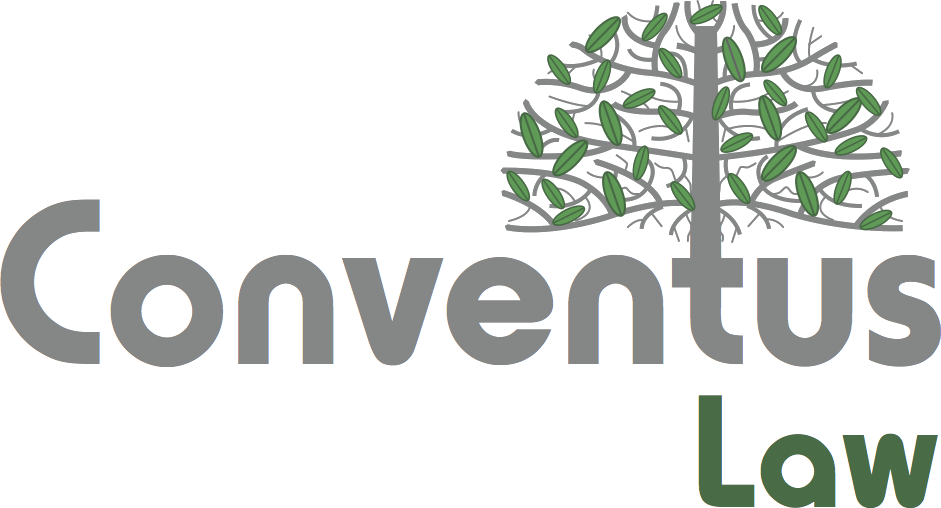Crypto-Assets: Opportunities In The New Regulatory Climate.
On 5 February 2025, Skadden hosted a series of panel discussions looking at the evolving EU, UK and US crypto-asset landscape. Panellists included Skadden attorneys and industry leaders, including: Dina White, general counsel at Zodia Markets; Perry Scott, policy and government relations manager at Kraken; David Unsdorfer, head of non-bank financial institutions at Clear Junction; and Isabella Chase, head of policy, EMEA at TRM Labs. The discussion explored how market participants and investors can best anticipate and prepare for changes in governments’ crypto-asset policies, emerging regulatory frameworks and enforcement trends.
The sessions addressed:
i. Navigating anti-money laundering (AML) and sanctions risks in a decentralized environment.
ii. Regulating crypto-assets under the EU’s Markets in Crypto-Assets (MiCA) Regulation and other rules and standards.
iii. The next wave in digital assets: shifting government policy and the rise of tokenisation.
Key Takeaways
The panellists examined a cross section of issues facing the sector in today’s regulatory, political and economic climate, including the following key themes.
AML and Sanctions
- Enforcement of and compliance with AML rules and sanctions remain a priority.
- Notwithstanding a more supportive regulatory environment for crypto-assets, the Trump administration has signalled a clear intent to focus enforcement efforts on cartels and transnational criminal organizations.
- The US, the UK and the EU are likely to continue using sanctions to pressure Russia in the near term.
- The expectation is that enforcement agencies and regulators will continue to identify and look to respond with enforcement actions where crypto-assets are used to facilitate money laundering and evade sanctions.
- Market participants in the crypto-asset space should expect their AML programmes to meet continued regulatory scrutiny and potential enforcement actions.
- Financial crime compliance extends beyond KYC procedures.
- Transaction monitoring and trade surveillance in the crypto-asset space extend beyond what is available in traditional finance.
- The blockchain allows crypto-asset firms to analyse trading and transaction activity that take place outside of their own platforms.
- As regulators and enforcement agencies look at what constitutes an effective anti-money laundering program for a crypto-asset firm, regulators and business partners will increasingly expect market participants to leverage the tools available to identify, report and consider suspicious activity regardless of where it is occurring.
- It’s time to update AML and sanctions compliance programmes.
- Regulators are expected to continue to focus on ensuring that businesses in the crypto-asset industry have effective, risk-based AML and sanctions compliance programmes.
- Businesses should ensure that their AML and sanctions compliance programmes complement one another.
- Recent enforcement actions against both established and challenger financial institutions demonstrate the importance of getting the basics right and ensuring that compliance functions and capabilities grow with the business.
- Businesses in the crypto-asset industry should proactively explore the use of technology to assess and mitigate financial crimes risks. Regulators are familiar with blockchain analytical tools and will expect businesses to utilize them as part of a comprehensive financial crime compliance programme.
Regulating Crypto-assets
- MiCA is live.
- Licences are being granted under the EU regulation, with notable activity in Germany and Malta.
- Forum shopping remains a consideration for many crypto-asset providers. This includes consideration of how a particular country’s AML/KYC regime is perceived.
- A tension is building between (a) crypto-asset firms seeking a smoother path to authorisation and (b) investors’ and consumers’ expectations for robust levels of regulatory scrutiny by tried and tested regulators.
- A wait-and-see approach to regulation may have benefits.
- Europe is one of the first movers to roll out a broad, EU-wide regulatory framework for crypto-asset providers. But is there an advantage to being a second mover in this space?
- The UK Financial Conduct Authority released its crypto roadmap, which intends to establish a UK-wide regime, while the White House has issued its executive order launching the development of a US federal regulatory framework for digital assets.
- The industry is bracing itself for the inevitable teething issues and practical challenges in implementing MiCA, creating a competitive advantage for the likes of the UK, the US and other jurisdictions that are positioned to adapt and navigate their frameworks around hurdles facing the first movers in Europe.
- Debanking is a challenge for the crypto-asset sector.
- Access to banking services remains a challenge for crypto-asset firms. For those that have successfully opened accounts with major banks, the risk of account closure is a possibility.
- Limited access to basic banking services is proving to be a significant barrier to growth for crypto-asset providers and a critical challenge for the industry.
Looking Ahead: Government Policy and Tokenisation
- A second chance for the industry?
- With new legislation being implemented and more pending, many see this moment as something of a second chance for digital assets. It will also make the asset class more palatable for traditional finance (TradFi) institutions — both in developing their own offerings and as investment propositions.
- Today there is greater understanding and regulation of the universe of assets and opportunities in this space: Where previously a lack of understanding and regulation (and potentially a lack of trust) associated with this industry resulted in slow uptake in adoption of new use cases, incoming regulation and a more mature appreciation of the diversity of these assets can now offer greater security in engaging with them in new and innovative ways, and so arguably this may be a moment for opportunity and growth.
- While there have been many instances of “tokenising for the sake of tokenising,” there remain a number of use cases for blockchain that have the potential to drive real efficiencies at a significant scale.
- Those discussed during our panel included supply chain management and the ways to bring archaic land registries into the 21st century. Panellists noted already seeing other sectors begin to meaningfully engage with authenticity-based use cases of blockchain.
- Trump 2.0: End of the crypto winter?
- Panellists observed that Trump’s second administration is shifting the tone around crypto-assets.
- Staffing changes at the top of the SEC have marked a realignment in strategy intended to support President Trump’s stated aim of making the US “the crypto capital of the planet.”
- As a result, the SEC is expected to ease its “regulation by enforcement” approach to crypto-assets.
- Legislation is coming.
- New regulatory frameworks to facilitate the adoption of cryptocurrencies are expected to be introduced as government and political support for the sector grows.
- Biden-era policies are already being reconsidered with the reversal of SEC Staff Accounting Bulletin No. 121 (which required crypto-assets to be reported as both an asset and liability on a custodian’s balance sheet). This shift is expected to thaw the ice that had previously frozen banks from engaging in crypto-asset custody activities.
- AI and blockchain could offer compound effects.
- In a world of deepfakes, technologists are trying to use AI to solve the “truth” problem.
- Blockchain offers a potential solution to authenticity issues, as its primary raison d’être is to a provide a ledger of authenticity.
This memorandum is provided by Skadden, Arps, Slate, Meagher & Flom LLP and its affiliates for educational and informational purposes only and is not intended and should not be construed as legal advice. This memorandum is considered advertising under applicable state laws.

For further information, please contact:
Sebastian J. Barling, Partner, Skadden
sebastian.barling@skadden.com





